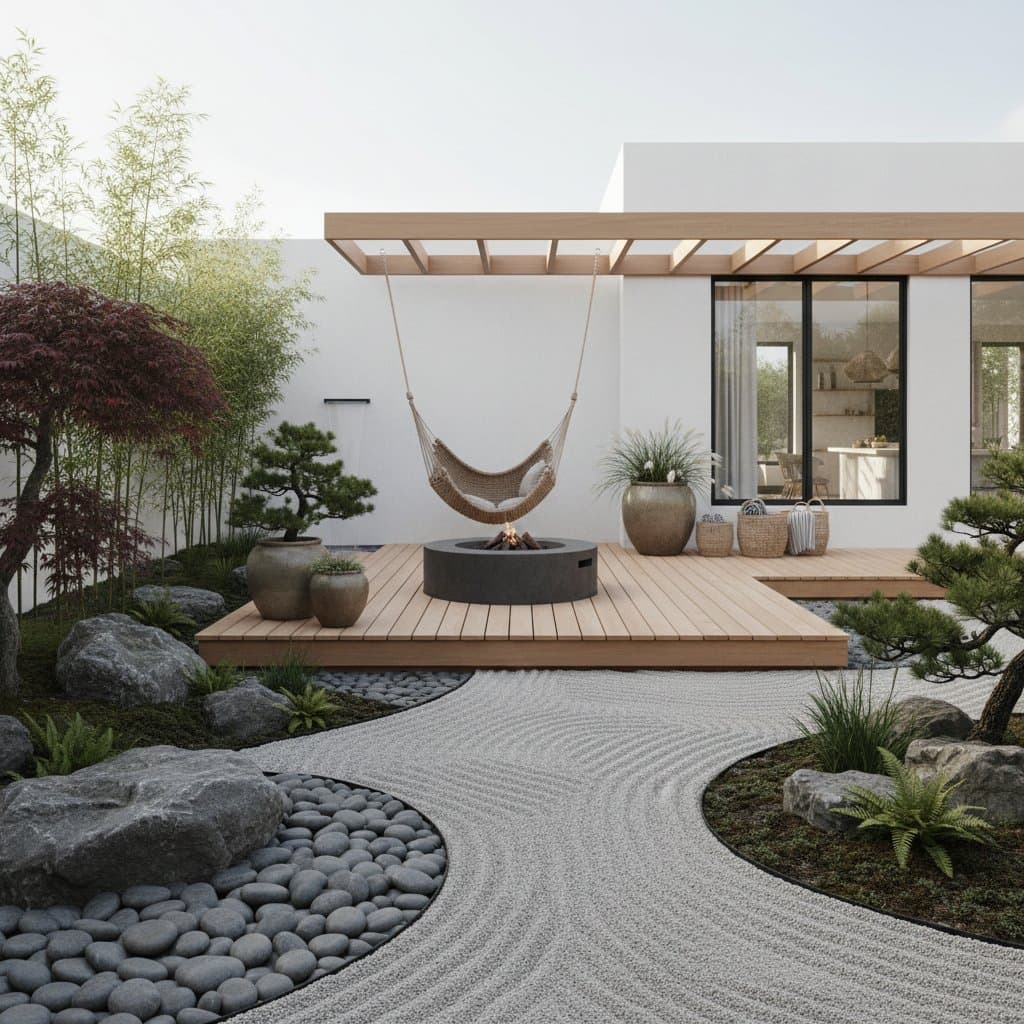Dopamine Decor Principles for an Uplifting Bedroom
Every individual desires a bedroom that serves as a personal sanctuary, a place that elevates mood upon entry. Dopamine decor achieves this by leveraging visual and sensory elements to foster joy and contentment. This approach focuses on color, texture, and individualized expression to create an environment that supports emotional well-being.
Understanding Dopamine Decor
Dopamine decor draws from the principle that physical surroundings directly impact emotional states. It emphasizes intentional design choices that promote happiness rather than adhering to rigid trends or conventions. The goal is to curate elements that evoke vitality, tranquility, and fulfillment tailored to personal preferences.
This style incorporates vibrant colors, eclectic patterns, and sentimental items without descending into disorder. Success depends on identifying elements that resonate individually, such as a vibrant yellow cushion for one person or a rose-hued lamp that provides gentle illumination for another. These selections trigger positive responses and contribute to a cohesive, invigorating atmosphere.
Harnessing Color for Emotional Enhancement
- Select warm tones such as coral, peach, or mustard yellow to infuse energy and coziness, ideal for mornings that require motivation.
- Incorporate cool tones like lavender, mint green, or sky blue to promote relaxation and spaciousness, suitable for evening unwinding.
- Introduce bright accents in pink, turquoise, or chartreuse to inject excitement through small details like artwork or accessories.
- Anchor the scheme with neutrals including cream, beige, or soft gray to provide visual respite and prevent overstimulation.
Achieve equilibrium by limiting bold applications. An accent wall in a favorite hue, a patterned area rug, or colorful linens can alter the room's energy without excess. Test combinations using fabric swatches or digital tools to ensure harmony.
Integrating Texture and Lighting for Sensory Depth
While color captures initial attention, texture and lighting sustain emotional engagement through tactile and visual comfort. Diverse materials stimulate the senses and enrich the spatial experience.
Layer textures strategically for maximum impact. Combine a knitted wool throw with a velvet pillow, a woven rattan headboard, and a polished ceramic vase. These contrasts keep interactions dynamic: soft against rough, smooth against coarse.
Lighting enhances this foundation. Maximize daylight by positioning furniture to capture natural sources, which stabilizes circadian rhythms. For evenings, employ multiple fixtures over a single ceiling light. Pair table lamps with adjustable dimmers, sconces for ambient fill, and LED strips for subtle under-bed glow. This setup fosters a nurturing ambiance that adapts to daily needs.
Incorporating Personal Elements to Ignite Happiness
The essence of dopamine decor lies in personalization; the bedroom must mirror the occupant's identity rather than external ideals. Prioritize items that hold intrinsic value to cultivate authentic joy.
Curate displays with intention:
- Mount photographs from cherished travels or select prints evoking fond memories.
- Integrate heirloom textiles or furniture that convey family history.
- Arrange a selection of beloved books on a nightstand for easy access.
- Introduce low-maintenance plants like succulents or fiddle-leaf figs that align with care routines.
Extend personalization to olfaction. Choose diffusers or candles with scents tied to positive associations, such as citrus for renewal or vanilla for comfort. These multisensory additions reinforce emotional connections and elevate routine moments.
Balancing Vibrancy with Serenity
Dopamine decor thrives on deliberate equilibrium, allowing bold expressions without visual clutter. Maintain unity through consistent motifs, ensuring the space feels purposeful.
Apply this framework for cohesion:
- Establish one primary color to define the overall mood, such as a soft blue base for tranquility.
- Layer two to three complementary accents for interest, like goldenrod and sage green.
- Incorporate neutral foundations, including crisp white duvets or oak wood tones, to offer relief.
For cautious experimentation, begin with reversible changes. Replace cushion covers, rotate wall art, or update shade fabrics to gauge effects. This iterative method refines the design to match evolving emotional needs.
Tailoring the Space to Individual Rhythm
An effective bedroom aligns with personal energy cycles, energizing during daylight and soothing at dusk. Evaluate the design's resonance through daily use.
Pose these reflective questions:
- Does the environment invigorate upon waking?
- Does it facilitate relaxation before sleep?
- Does it authentically represent personal style?
Affirmative responses indicate alignment. Adjust as necessary, such as repositioning mirrors to amplify light or introducing a weighted blanket for added security.
Evolving the Design Over Time
A dopamine-inspired bedroom requires ongoing attention to sustain its benefits. Observe interactions over weeks to identify enhancements, like refining lighting angles or introducing seasonal florals.
Design remains fluid, adapting to life changes. Refresh elements periodically—swap linens for warmer tones in winter or brighter ones in spring—while preserving core joyful foundations. This adaptability ensures the space continues to deliver consistent emotional uplift, transforming rest into renewal.





